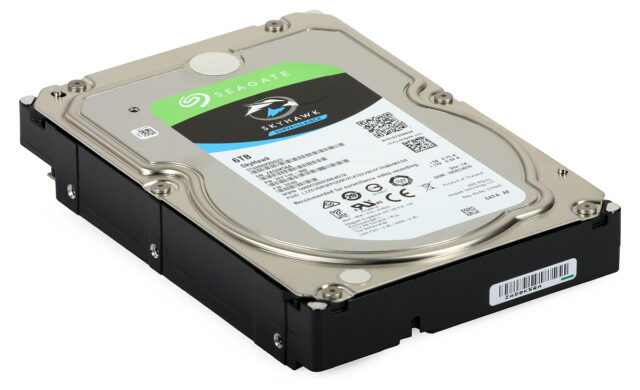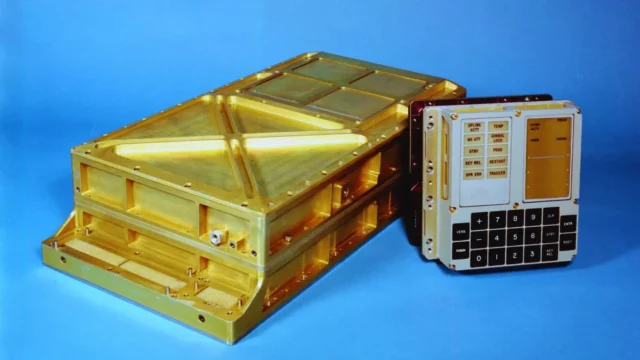The debate between Solid State Drives (SSDs) and Hard Disk Drives (HDDs) is far from over, even in 2025. With storage needs increasing in both personal and professional settings, and technology continuing to evolve rapidly, choosing between SSDs and HDDs requires a deeper understanding than ever. In this comprehensive guide, we will explore the differences in performance, cost, longevity, reliability, use cases, and future trends of both storage technologies, helping you make an informed decision whether you’re a casual user, gamer, developer, or IT professional.
What are SSDs and HDDs?
Before diving into the comparison, let’s briefly define what SSDs and HDDs are:
-
Hard disk drive (HDD): A traditional storage device that uses spinning magnetic disks (platters) to read and write data. It relies on mechanical movement and has been the standard for decades.
-
Solid state drive (SSD): A newer storage technology that uses flash memory (typically NAND) to store data. With no moving parts, it offers faster access and better durability.
Performance comparison: speed matters
Read and write speeds
SSDs have consistently outperformed HDDs in terms of read and write speeds, and the gap has widened in 2025. Here’s what the comparison looks like:
-
HDDs: Average read/write speeds range between 100–200 MB/s.
-
SATA SSDs: Offer speeds between 500–600 MB/s.
-
NVMe SSDs (PCIe 4.0/5.0): Provide blazing-fast speeds up to 7000 MB/s and beyond.
Boot and load times
-
SSDs boot operating systems in seconds (typically under 10 seconds).
-
HDDs take significantly longer, especially with modern systems and applications.
Real-world usage
-
Opening large files, launching applications, transferring data, or loading games — all are significantly faster on SSDs.
-
HDDs may still be viable for less demanding tasks or legacy systems.
Cost per GB: SSDs are getting cheaper, but…
Price trends in 2025
-
HDDs remain the most cost-effective for bulk storage, averaging around $0.02–$0.03 per GB.
-
SATA SSDs are now at $0.05–$0.08 per GB, while NVMe SSDs can range from $0.10–$0.20 per GB.
While SSD prices have dropped significantly over the past five years, HDDs still offer unmatched value for storing large volumes of data — especially important for media servers, backups, and archival.
Storage capacities
-
HDDs are available in sizes up to 20TB and more.
-
SSDs are commonly found in 1TB to 4TB, though enterprise solutions offer larger capacities.
Durability and longevity
Wear and tear
-
HDDs are susceptible to physical shock and wear over time due to their moving parts.
-
SSDs, having no mechanical components, are more resilient against drops and vibration.
Write endurance
-
SSDs have a limited number of write cycles, but modern drives come with sophisticated wear-leveling and error correction.
-
Consumer SSDs today can last 5–10 years under normal usage.
-
HDDs, while not affected by write limits, can suffer mechanical failure.
Lifespan in practice
According to 2025 data:
-
The average SSD failure rate is around 0.6% per year.
-
HDD failure rates range from 1.5% to 3% per year, increasing with age.
Use cases: when to choose what
When SSDs are better
-
Gaming PCs: Faster load times, better overall responsiveness.
-
Laptops and ultrabooks: Lightweight, shock-resistant, energy-efficient.
-
Professional workloads: Video editing, development, 3D modeling, AI training.
-
Operating systems and applications: Dramatic performance boost.
When HDDs make sense
-
Archival storage: For storing backups or data not frequently accessed.
-
Media libraries: Music, movies, and photos in bulk.
-
Budget builds: Low-cost systems with limited performance demands.
-
Enterprise storage arrays: Where cost and capacity are prioritized over speed.
Hybrid solutions: the best of both worlds
Many users in 2025 opt for hybrid storage solutions:
-
SSDs for boot and apps, ensuring fast performance.
-
HDDs for storage, maximizing capacity cost-effectively.
This combination balances speed and budget, and is often seen in gaming setups, media workstations, and even NAS (Network Attached Storage) systems.
Energy efficiency and environmental impact
-
SSDs consume significantly less power, making them ideal for laptops and energy-conscious environments.
-
HDDs have a higher power draw due to their spinning platters and mechanical arms.
Environmentally, SSDs also have a lower carbon footprint over their lifecycle, though their production still involves rare materials.
Noise and heat
-
SSDs are completely silent and generate minimal heat.
-
HDDs produce audible spinning and clicking noises, and run warmer.
In environments where silence and cool operation are essential (e.g., recording studios, quiet offices), SSDs are clearly superior.
Reliability: data safety over time
Data retention
-
HDDs can retain data longer when stored without power (offline).
-
SSDs may lose data after several years of non-use if unpowered, especially low-end models.
However, in active use scenarios, SSDs are more reliable and less prone to catastrophic failure.
Backup considerations
Regardless of the drive type, regular backups are essential. Neither HDDs nor SSDs are immune to sudden failure, firmware bugs, or power surges.
The future of storage: what’s next?
HDDs
-
Still in demand for mass storage, especially with innovations like HAMR (Heat-Assisted Magnetic Recording) extending capacity.
-
Cloud providers and datacenters continue to use HDDs for cold storage.
SSDs
-
PCIe 5.0 SSDs are becoming mainstream in high-end systems.
-
3D NAND and QLC/TLC memory technologies allow for higher density and lower costs.
-
AI-optimized SSDs and self-healing storage features are emerging in enterprise environments.
Alternative technologies
-
NVMe-over-Fabrics (NVMe-oF): Enables ultra-fast storage access across networks.
-
Persistent memory (PMEM): Combines RAM and storage characteristics.
-
DNA and glass-based storage: Still experimental, but promising for future archival.
Tips for choosing between SSD and HDD in 2025
-
Assess your needs: Are you prioritizing speed, capacity, or cost?
-
Consider hybrid setups: Best balance of performance and storage.
-
Buy reputable brands: Ensure quality and long-term support.
-
Check warranty periods: SSDs often come with 3–5 year warranties.
-
Plan for backup: Use cloud or external drives for redundancy.
In 2025, SSDs have clearly become the dominant choice for most consumer and professional use cases, thanks to their superior speed, durability, and evolving affordability. However, HDDs still play a crucial role in mass storage scenarios where cost per GB is the key factor. Ultimately, the best storage solution depends on your specific needs, budget, and long-term goals.
By understanding the trade-offs and technological advancements, you can confidently choose — or combine — storage technologies that will serve you well today and into the future.
Image(s) used in this article are either AI-generated or sourced from royalty-free platforms like Pixabay or Pexels.
Did you enjoy this article? Buy me a coffee!






